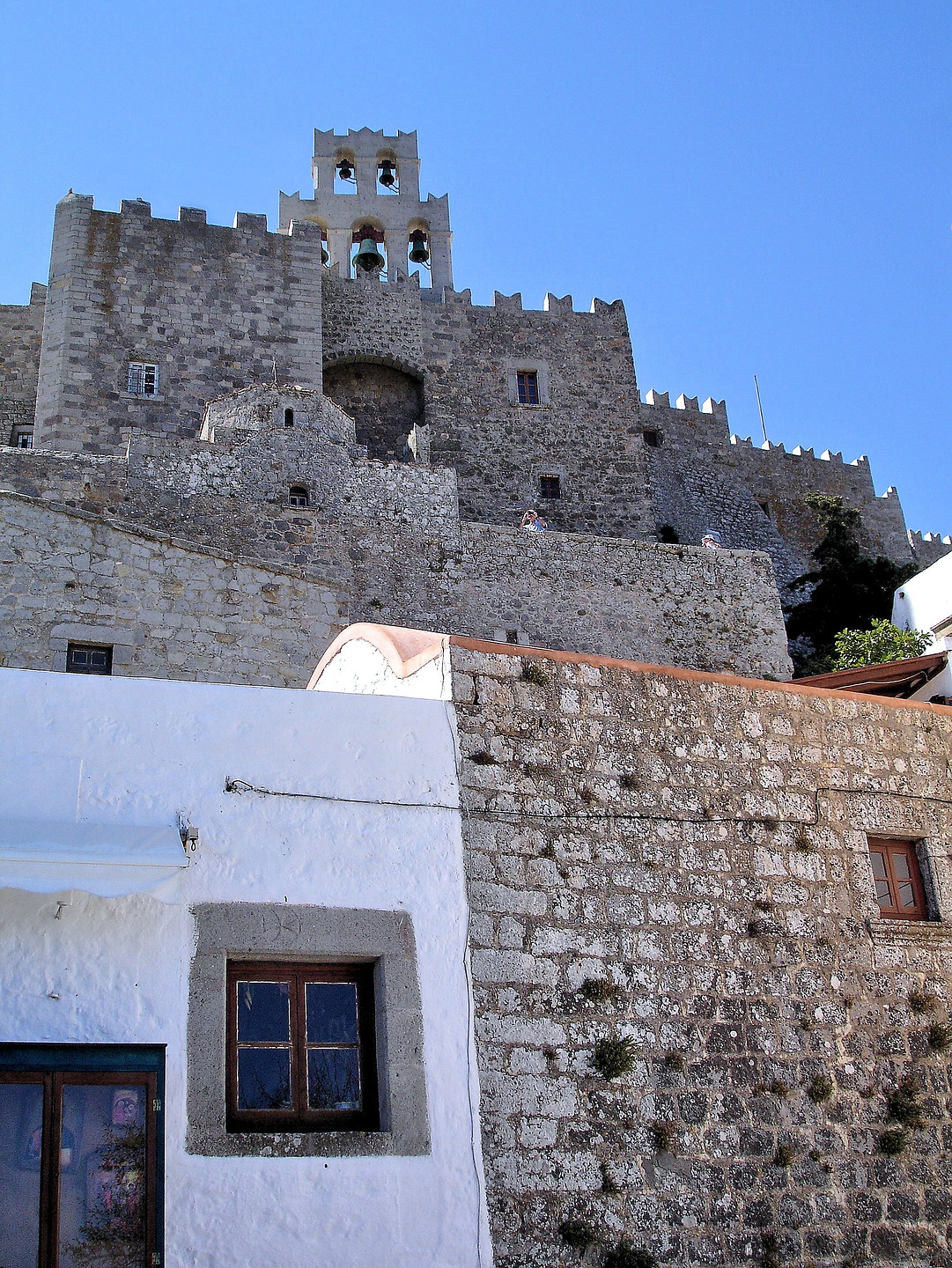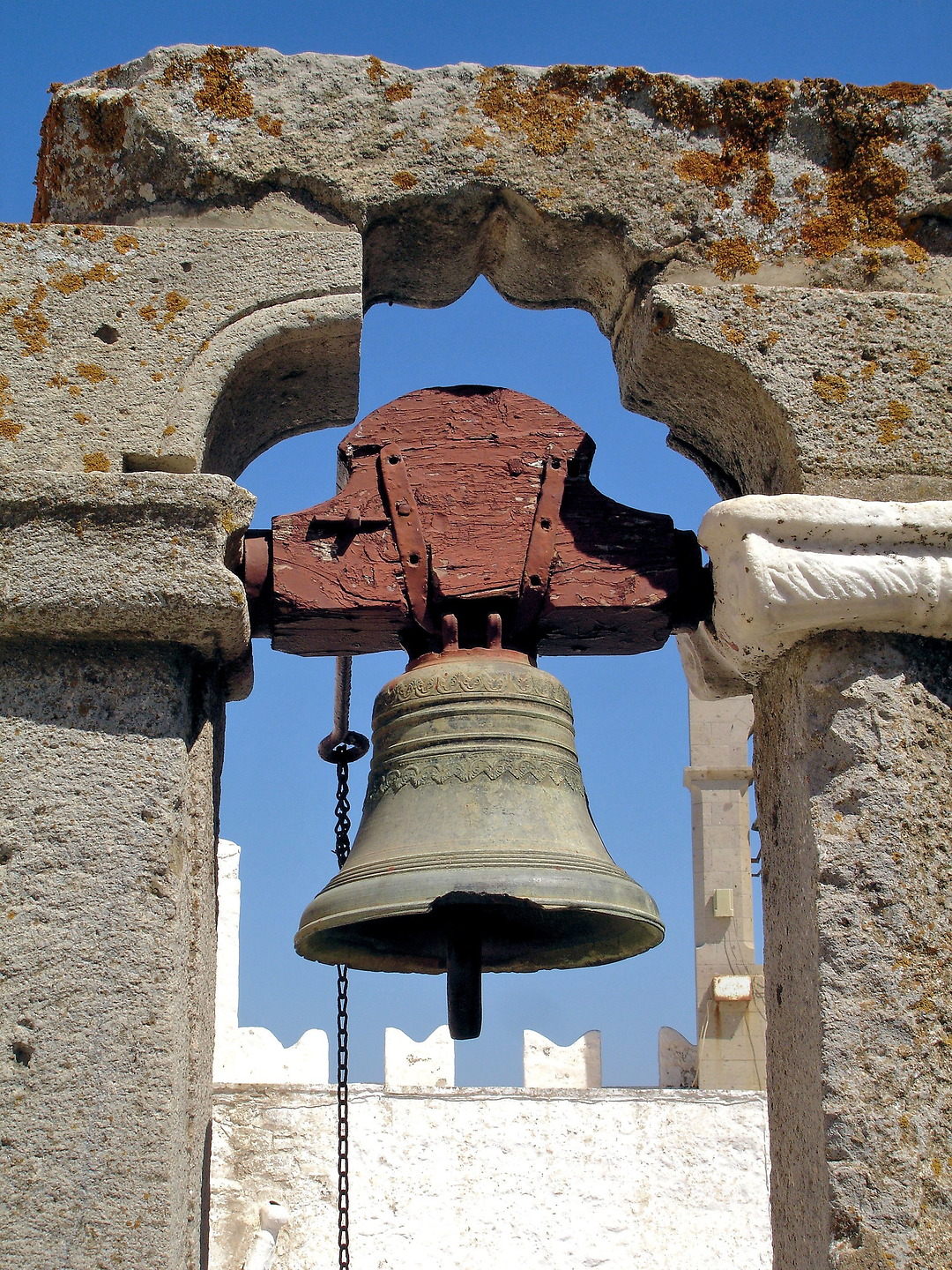The Greek island of Patmos in the Aegean Sea is small yet famous as the site where the Book of Revelation was written in the 1st century AD. Start your day at one of the world’s best fortified Byzantine monasteries and finish on the sands of a sun-kissed beach.




















